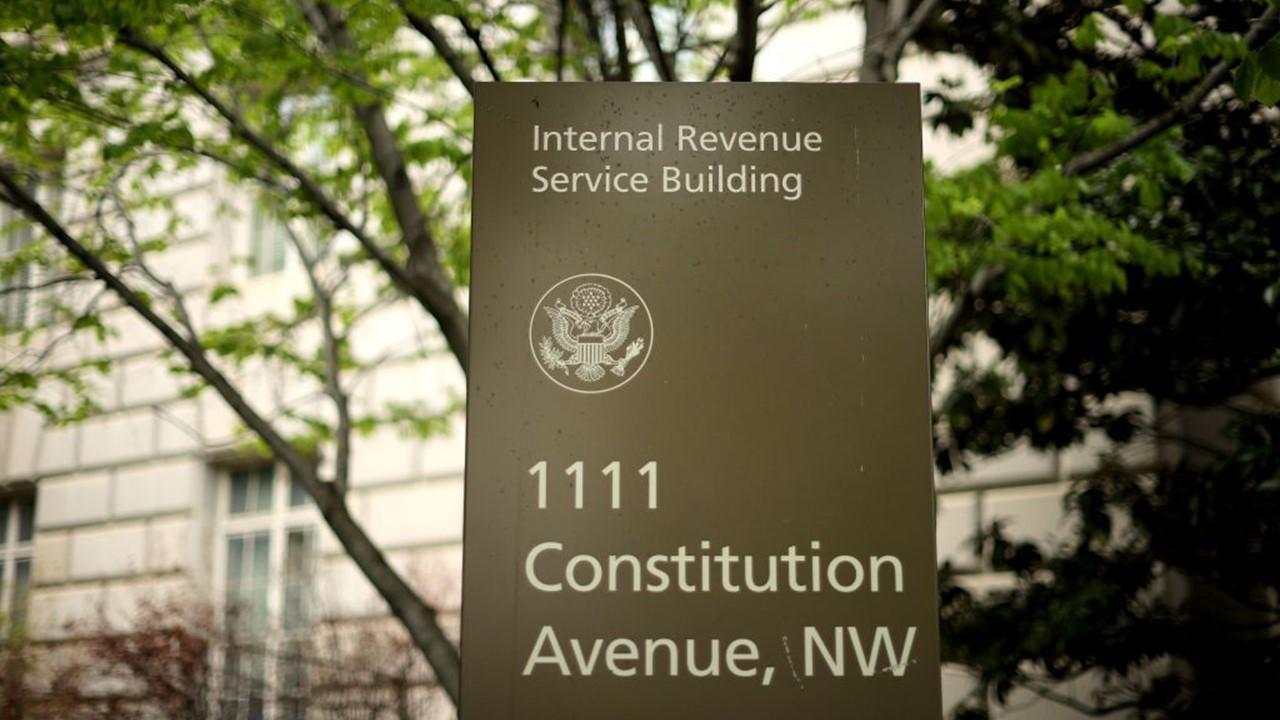You Can File Taxes After the Oct. 17 Deadline, but Expect Penalties
If you missed the Oct. 17 tax deadline, the IRS may charge you late filing fees, which might include the Failure to File Penalty. We have all the details.
Oct. 18 2022, Published 4:21 p.m. ET

If you missed the initial 2021 tax filing deadline of April 18, 2022, but requested an extension from the IRS, you were likely given the deadline of Oct. 17 to file your taxes. An extension is usually granted to tax filers who submit Form 4868 and helps prevent them from incurring penalties for submitting their return late.
On Oct. 7, 2022, the IRS published a reminder to taxpayers that Oct. 17, 2022, marked the last day for most people to file a Form 1040 and to get their return in if they received an extension. But, now that the deadline has passed, many people who still haven’t filed are wondering what will happen if they file their taxes after Oct. 17. If you want to know, keep reading to find out.
Did you miss filing your taxes by Oct. 17? Here's what happens.

The IRS doesn’t impose a penalty on tax returns that are filed on or before Oct. 17, 2022, if an extension was granted. However, if a return is filed after the extension deadline, then the agency will penalize you for your failure to file using its Failure to File Penalty.
The Failure to File Penalty is different for every filer as it's calculated using your unpaid tax for each month your return is late. The IRS website says that it charges 5 percent of the unpaid taxes for each month you don’t file your return. However, the penalty won’t exceed 25 percent of your unpaid taxes.
If your return is filed more than 60 days after the deadline the IRS allotted you, you’ll receive a minimum Failure to File Penalty of $435 or 100 percent of the tax shown on the return, whichever is less, as per the IRS website.
If the IRS doesn't receive your tax return after five months of the due date, the Failure to File Penalty will max out and the Failure to Pay Penalty will take effect.
The Failure to Pay Penalty will continue until the tax is satisfied, “up to the maximum of 25 percent of the unpaid tax as of the due date.”

Can I still file my taxes online after Oct. 17, 2022?
If you missed the Oct. 17 tax deadline set by the IRS, the good news is that you may still be able to file your return online. Tax preparation companies like TurboTax, H&R Block, and TaxSlayer are still allowing filers to utilize their e-filing system software, but the clock is ticking.
According to TurboTax’s website, the company is only giving individuals up until 12:00 p.m. PST on Oct. 31, 2022, to submit their tax returns online.
After that, TurboTax’s software will no longer be able to start, finish, or e-file a 2021 return. The tax preparation company also says that if your return is in rejected status, you’ll only have until Oct. 22 to resubmit it electronically if you don’t want it to be considered late.
With that in mind, if you intend on filing your late tax return electronically, be sure to check how long a specific company is offering its e-filing services for before assuming you can file at any time.
The IRS may have granted you an extension beyond Oct. 17 if you meet any of these criteria.
The IRS has extended the tax filing deadline beyond Oct. 17 for certain individuals. These include:
- Members of the military or those who serve in a combat zone. They usually have 180 days after they leave their post to file their return and pay taxes.
- If your IRS address covered “by Federal Emergency Management Agency disaster declarations in Missouri, Kentucky, the island of St. Croix in the U.S. Virgin Islands and members of the Tribal Nation of the Salt River Pima Maricopa Indian Community,” the IRS is giving you up until Nov. 15, 2022, to get most returns filed.
- Filers who live in Florida, Puerto Rico, North Carolina, South Carolina, certain parts of Alaska, and Hinds County, Miss. have until Feb. 15, 2023, to file their 2021 returns.
If you aren’t sure whether you qualify for an additional extension beyond the Oct. 17 deadline, contact the IRS directly for more information or visit the agency’s disaster relief page for the latest information.
